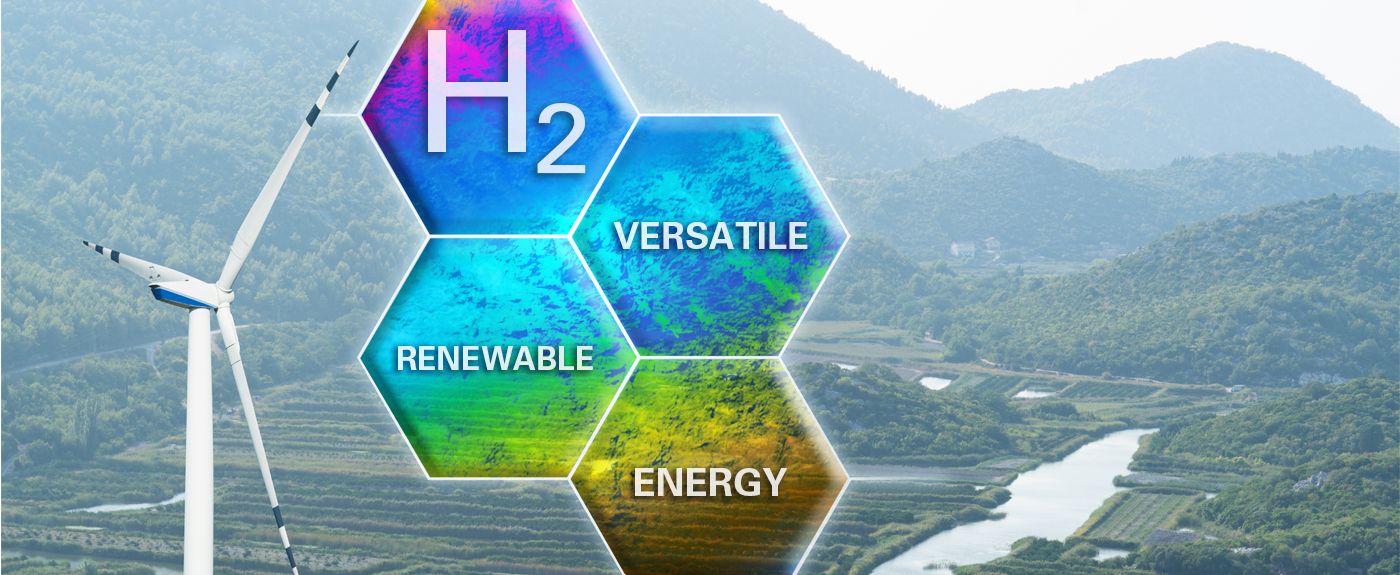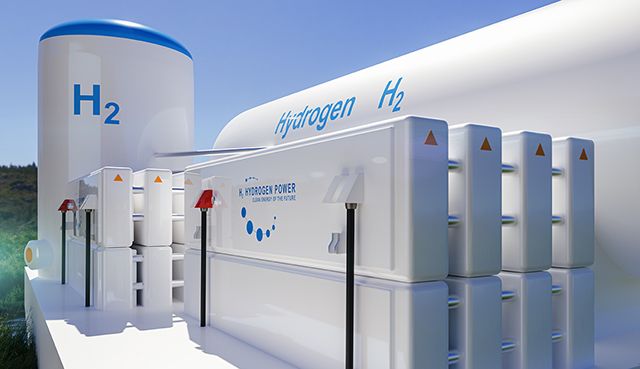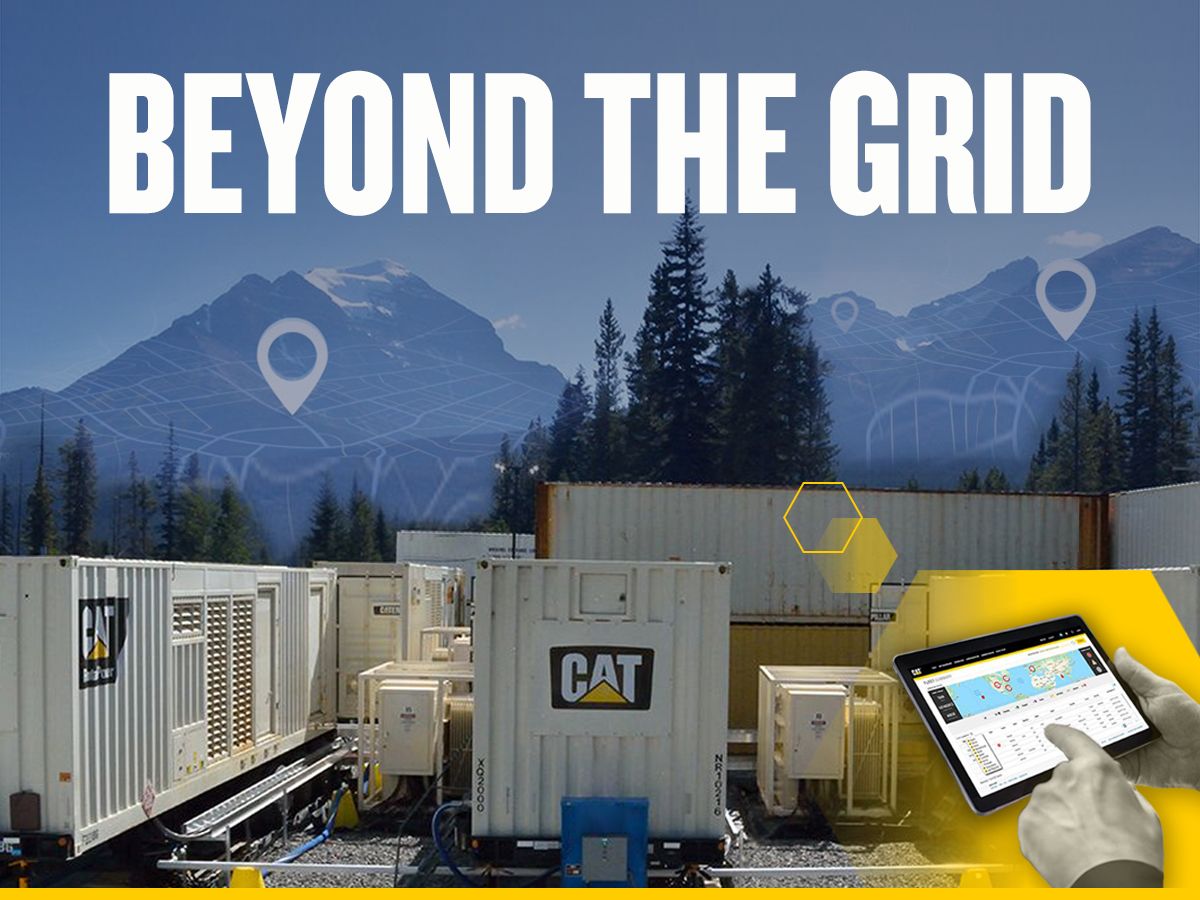Here’s a riddle for you: What’s colorless but most often referred to by its colors?
The answer: hydrogen. Often referred to as a “clean-burning” fuel, because it generates near-zero carbon greenhouse gas emissions at the tailpipe, hydrogen is the most abundant chemical substance in the universe. It’s also colorless, odorless, and burns with a near-invisible flame. So why does nearly every Google search or news story about hydrogen turn up terms like “green,” “blue,” and even “pink”?
A rainbow of production processes
Hydrogen as a fuel source isn’t found freely in nature. It must be extracted from naturally occurring compounds, typically through energy-intensive processes. And though there are multiple ways to make hydrogen fuel — all resulting in the same molecular hydrogen — the lifecycle greenhouse gas intensity of each production method varies. Energy experts and engineers started labeling these processes by color to make it easier for the rest of us to understand the differences.
Whether this color designation makes it simpler is up for debate. There’s no universal standard for hydrogen color labeling, and different organizations and countries sometimes use different definitions. Still, if you’re considering hydrogen as a potential fuel source for your electric power needs, it’s good to have at least a basic understanding of the terminology. So, here’s a quick look at the most common “colors of hydrogen” and their meanings.
The cleanest H2: green hydrogen
Not surprisingly, green is the color chosen for the hydrogen production method, resulting in zero net greenhouse gas emissions. Green hydrogen is made by using electricity from renewable sources, like solar or wind power, to electrolyze water. Electrolysis is a chemical reaction that separates water molecules into their two components — hydrogen and oxygen — and nothing more. This type of production is costly, so only a small percentage of hydrogen is made this way.












